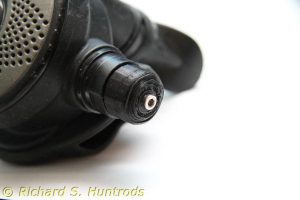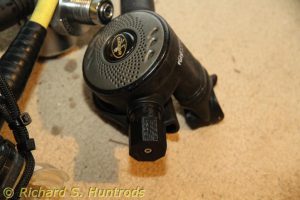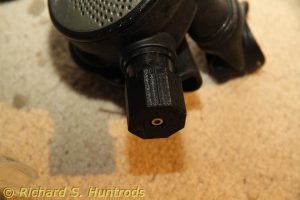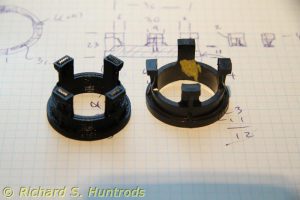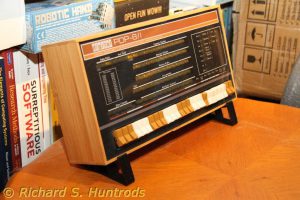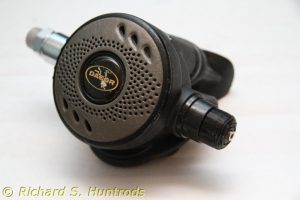Just some notes on stuff that’s happening as of Dec 22.
Linda’s Windows 10 computer, after a few configuration teething pains, is running quite well. Getting rid of the lock screen took 3 attempts as Microsoft is determined to foist this crap on users, even to the tune of disabling workarounds with each new update. It remains to be seen if my efforts will work for the longer term as MS is so very determined.
We did blow ‘edge’ away. It’s easily the worst browser I’ve ever seen. Basically, it has almost zero configuration options, and the few it does have it ignores. Gone forever and gladly back to Firefox. Likewise the default ‘mail’ app is gone and Thunderbird again rules the emails. Like edge, ‘mail’ is another MS app that can’t even play nice – not even with other MS things like Outlook. What a damaged, untested, unprofessional piece of crap.
I did install Office 2016 this week thanks to a “Home User Program” deal from MS. Because Athabasca U bought into the whole MS lock-in, we get to buy home versions for really cheap (like $13 for Office 2016 pro!). It’s OK. I personally prefer Office 2013 because that was the last version without “THE RIBBON”. Yet another unwanted MS user interface “update”.
As for my AU work, I can’t hear people on the phone very well, and certainly not upset persons who make talk fast and in a higher register. After consultation with other AU academics, I bought “MagicJack” from the main website as it was on sale. It does come from the USA and took a while to arrive, and the free phone number is only USA, but it does indeed do what it claims. I paid the extra $10 to get a CDN number (Edmonton exchange) and then had AU tie it to my academic 1-888 number. By yesterday it was all working tickety-boo. Better yet – any voicemail message gets emailed to me as an audio file so I can keep track. I can use a headset when calling anywhere in North America (free) so it’s awesome. Eventually I plan to see if it would work to replace most of the land line features, but not yet. First to see it in action.
I bought a leak detector for my underwater camera, and it came after almost a month in the postal system. Still, not bad coming from Slovenia. It’s really well built and should provide extra protection against flooding for the big underwater camera system.
Speaking of which, the replacement Kraken ring light/strobe came a few weeks ago, and worked correctly from the box. Nice to know it wasn’t simply user error but rather some issue with the optical strobe sensor.
That’s all for now. Time for a Christmas break.
Merry Christmas to all, and a very Happy New Year!
